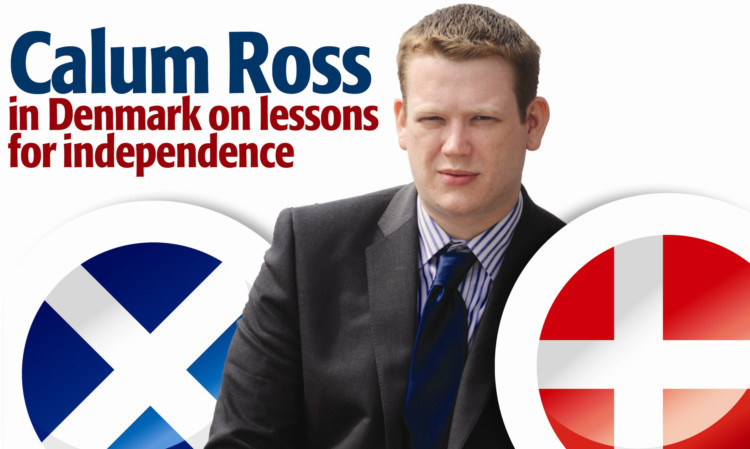The Scottish Government recently appointed Danish professor Jon Kvist to draw up plans for an independent Scotland’s welfare system. Writing exclusively for The Courier along with his colleague professor Klaus Petersen from the University of Southern Denmark’s centre for welfare research, they explain what the Danish model could offer Scotland.
THE POLITICAL plot in TV series “The Killing” could be interpreted as a modern confirmation of Prince Hamlet’s famous statement that “Something is rotten in the state of Denmark”.
However, things have changed since Hamlet’s days. Denmark has become a welfare state.
As in most European countries, the social security system has developed over decades and features a chaotic mixture of principles, institutions and policies that one probably has to be Danish to really appreciate and understand.
However, the Danish welfare state is characterised by:Most schemes and services cover the whole population. Full employment and promotion of equality are the most prominent policy goals. It is directed towards individual citizens and not families.There is a strong emphasis on social investment to prevent social problems, many services are delivered by local authorities and it is mainly financed through general taxation.
It was only as recently as the 1960s that the Danish welfare state was realised.
On the one hand this unprecedented welfare expansion was tremendously popular. The Danish welfare model had, and still has, a broad popular support in the Danish electorate. Politicians wanting to change it take high electoral risks.
On the other hand, the financial sustainability of the comprehensive Danish welfare state has been on the political agenda since the early 1970s.
Even though the basic principles of the Danish welfare state are still visible, there has been change, with ideas such as make work pay, workfare, new public management, free choice and contracting-out getting a foothold.
The Danish old age pension system today combines a universal flat-rate and partly means-tested pension, with comprehensive defined contribution schemes organised along occupational lines and with private individual savings.
This is coupled with extensive home care for the elderly.
However, the most distinct part is most likely the existence of almost universal childcare offered at affordable prices, enabling all families to reconcile work and family life regardless of whether they have low or high incomes.
The recent economic crisis has not left the Danish welfare state unharmed.
Most spectacular unemployment benefit periods have been halved from four to two years and the public sector has been downsized due to budget freezes.
However, when compared to Draconian measures in many other European countries, these cuts seem a small price to pay.
Because models are often selected on the basis of their looks, it may, on this background, come as little surprise the Scots are looking to Denmark and other Nordic countries for inspiration.
But is this model exportable? Of course no model developed over a century can be imported into another historical context lock, stock and barrel. However, there might be some elements that are properly adapted to the Scottish context.Scots can follow the modelScots have enough “magic” to make a new welfare system work, according to a Danish MP.
Sofie Carsten Nielsen, chairwoman of the Danish Parliament’s finance committee, said she was “happy” some Scottish nationalists want to create a Danish-style welfare model.
“It’s true, we have something unique,” she said. “We do consider ourselves a model still.”
Asked if she would have any advice for Scotland, she said: “Never lie on your laurels, never fall asleep. Welfare needs to be reviewed always. It can’t stand still.
“Denmark’s welfare model is not static. I don’t see any threats to Denmark’s welfare model. The threat is if you don’t change with time. It can’t stay the way it was in the sixties.
“I think the Scots have a bit of that magic about things. Make it work, don’t be afraid of the world work with it.”The Courier is reporting from Denmark throughout this week, interviewing a series of government ministers, senior politicians and leading academics, to find out what potential opportunities and pitfalls the Danish model could offer Scotland. See Thursday’s Courier for the next part of Calum Ross’s week-long investigation.
